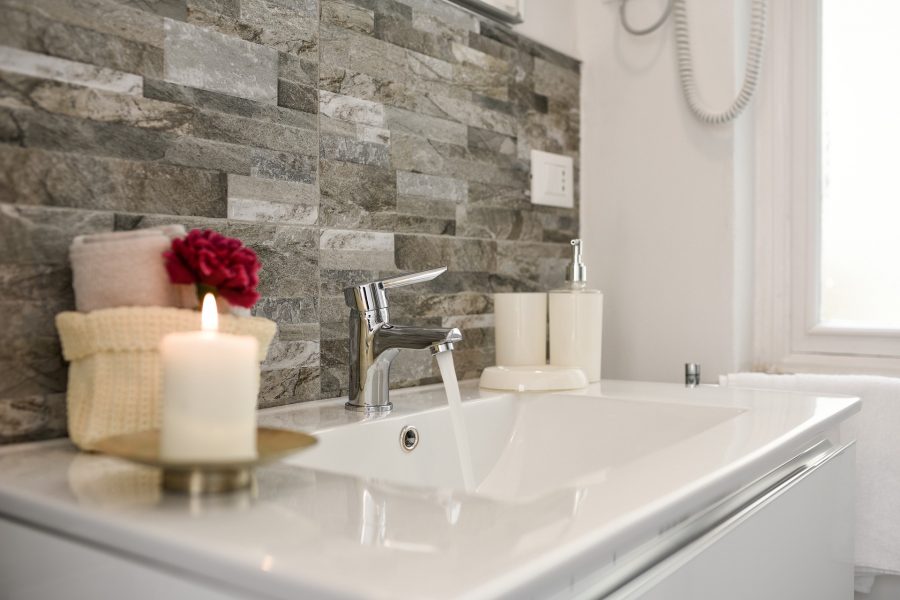Home Water Softener Systems 101

Have you ever wondered why there are spotty white residues on your silverware, why you suddenly developed dry skin after using the shower in a new home, or why your relatively new pipes got damaged due to limescale buildup after a short while? The problem in all of these scenarios is hard water, and the answer to the problem is water softener systems. Today, there are several water softener systems providers such as Kinetico water softeners who supply buyers with what they need to get rid of unwanted hardness in water.
Hard water is formed when there is a presence of calcium and magnesium in water, this phenomenon usually occurs when water flows through a rocky path or when water generally absorbs these elements from the earth. Therefore, depending on the location of your home, hard water might be passing through the pipes and into your home. Hard water causes spots, limescale buildup, and eventual damage to expensive pipes in the house. To rectify this, water softeners are used to remove the magnesium and calcium.
Types of Water Softeners
There are three main types of water softeners, namely
-
Ionic exchange
-
Salt-free and
-
Reverse osmosis.
Of all these, the ionic exchange water softener is widely recognized as the most suitable for domestic use.
How Water Softener Systems Work
To properly explain how water systems convert water from a hard state to a soft one, we will look at the components of water softeners with respect to their functions and the general mode of operation of water softeners.
Water softeners are made up of three parts:
-
The mineral tank
-
Control valve
-
Brine tank
The Mineral Tank
The mineral tank is the compartment where the conversion to soft water takes place. The mineral tank contains resin beads that have negatively charged sites that hold sodium or potassium ions. So, when hard water is fed into the mineral tank, it seeps through the resin beads and the hard water elements (calcium and magnesium) get exchanged with the sodium or potassium ions. As a result, the calcium and magnesium are left behind on the resin beads.
Control Valve
The control valve regulates the amount of water that flows into the mineral tank, it possesses a meter with which it tracks the amount of water in the tank at any given period. When too much hard water gets passed through the resin beads, they start to lose their potency. Therefore, before this happens, the control valve initiates a regeneration cycle in the brine tank.
Brine Tank
The function of the brine tank is to mix and hold a brine solution, salt is added to the tank in form of blocks or pellets. The brine is used to scrub the resin beads, this action replaces the depleted sodium or potassium ions on the resin beads and recharges the water softener system. It is important to note that if the brine tank runs out of salt, the water softener system will cease to be effective.
Water softener systems are important utilities to have in the home, especially when there is hard water flowing in through the pipes of your home. Although there is concern about the presence of excess sodium in the water after the conversion, this can easily be rectified by replacing the sodium ions on the resin beads with potassium ions.